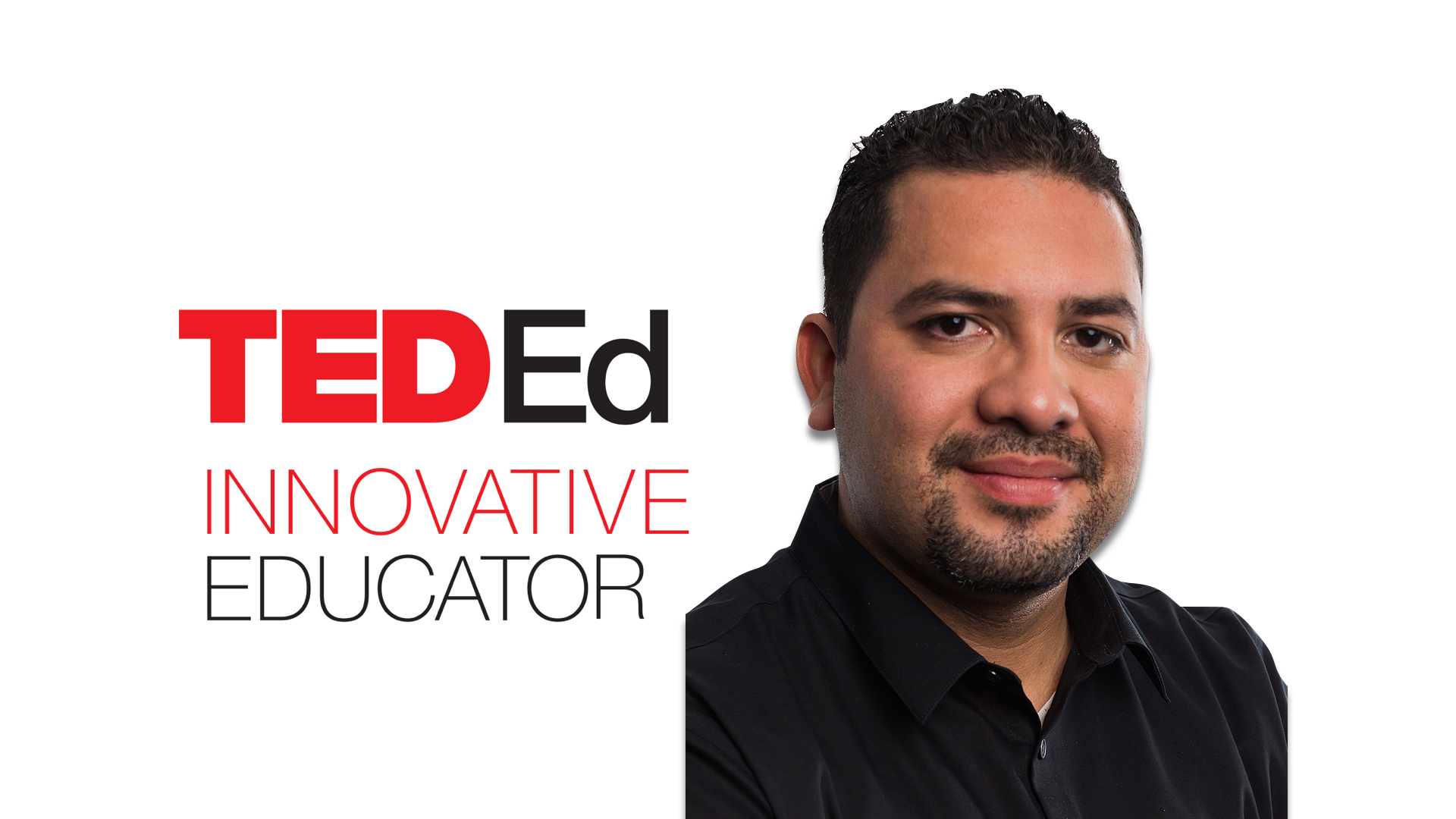
Learn peer coaching tips from the Instructional Leadership Academy
BIO
As an Assistant Principal in California and a TED-Ed Innovative Educator, Jorge Alvarez is passionate about the power of peer coaching in professional development. Recently, Jorge piloted an invitation-only teacher retreat that provides training in peer coaching and reflective coaching skills.
IDEA
Peer coaching can help teachers build new skills and strengths as educators. An instructional retreat can build trust between teachers and set the foundation for effective peer-to-peer coaching.
INNOVATION PROJECT
The Instructional Leadership Academy was inspired by a life-changing professional development experience. Jorge tells the story: “Five years into my teaching career I met Al Castillo, a principal who brought me over to work at his school. He invited me to these “retreats” in which we worked on teamwork, building trust, leadership capacity, and instructional strategies. His philosophy was based on Patrick Lencioni’s book, The Five Dysfunctions of a Team. This experience had such a great impact in my teaching career that once I became an administrator I decided to share this experience with the new teachers at my site. I contacted my former principal (who was now retired), and together we created these retreats.”
The theme of these retreats is: “Every teacher a leader, every leader a teacher.” The goal is to inspire educators to be instructional leaders who drive change and innovation on campus. To learn more, check out Jorge’s presentation for the Riverside County Office of Education, here.
Below, read Jorge’s tips on creating a peer coaching group for teachers:
- Do use TED videos, such as this one, to inspire others and create a collaborative environment.
- Do start with why. Many instructional leaders go straight into talking about educational strategies without first building rapport and trust with their audience.
- Do not offer unsolicited coaching. Do not waste your time trying to coach someone who doesn’t trust you yet. Your advice will fall on deaf ears.
- Do set collaboration norms. Try to create norms that will produce the behaviors that you expect from your participants, such as “push each other’s thinking” or “attack the idea, not the person.”
- Do agree on what good and effective instruction looks like, and come up with the important elements of good teaching together as a group.
This article is part of the TED-Ed Innovation Project series, which highlights 25+ TED-Ed Innovation Projects designed by educators, for educators, with the support and guidance of the TED-Ed Innovative Educator program. You are welcome to share, duplicate and modify projects under this Creative Commons license to meet the needs of students and teachers. Art credit: Shutterstock.


